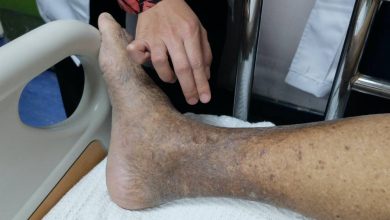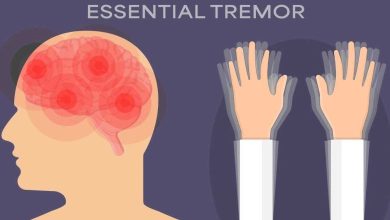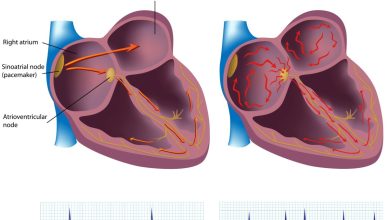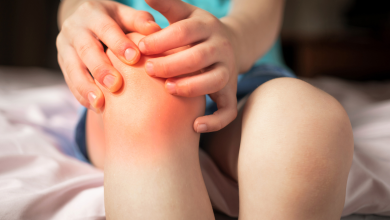Shingles Symptoms, Causes, Diagnosis and Treatment
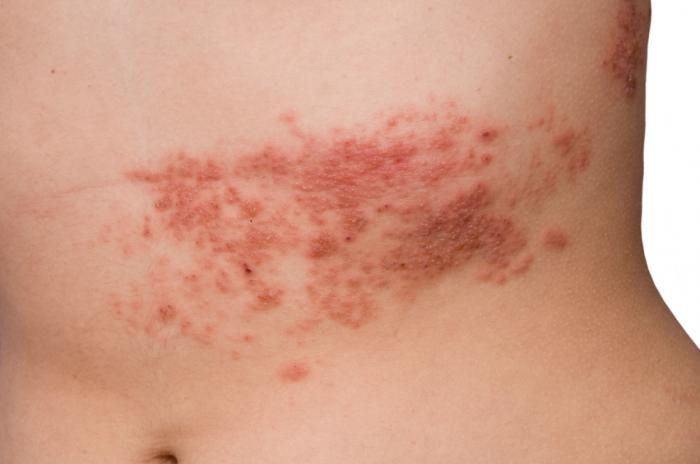
What Is Shingles?
Shingles, or herpes zoster, is a viral infection caused by the chickenpox virus.
Shingles usually appears in a band, a strip, or a small area on one side of the face or body and is known to be contagious to those who have not contracted chickenpox.
Cause Of Shingle:
Shingles is a reactivation of the varicella-zoster virus, a type of herpes virus that causes chickenpox.
After one has contracted chickenpox, the virus lies inactive in the nerve roots and remains inactive until, in some people, it flares up again.
If the virus becomes active again, one may get a rash that occurs only in the area of the affected nerve. This rash is called shingles.
The reason for reactivation is unknown but can be due to lower immunity to infections with growing age.
Symptoms Of Shingles:
Shingles usually affect only a small section of the body.
Common symptoms may include:
- Pain, burning, numbness or tingling
- Sensitivity to touch
- A red rash that begins a few days after the pain
- Fluid-filled blisters that break open and crust over
- Itching
- Fever
- Headache
- Sensitivity to light
- Fatigue
Diagnosis Of Shingles:
Shingles is usually diagnosed by the appearance of rash on the body. Moreover, the Doctor may order lab tests, most commonly herpes tests, on cells taken from a blister in order to confirm diagnoses.
Treatment Of Shingles:
There’s no cure for shingles, but prompt treatment can speed healing and reduce risk of complications. These medications include:
- Acyclovir (Zovirax)
- Valacyclovir (Valtrex)
- Famciclovir (Famvir)
For the severe pain, the doctor may prescribe the following:
- Capsaicin cream
- Anticonvulsants, such as gabapentin (Neurontin)
- Tricyclic antidepressants, such as amitriptyline
- Numbing agents, such as lidocaine, delivered via a cream, gel, spray or skin patch
- Medications that contain narcotics, such as codeine
- An injection including corticosteroids and local anesthetics
Home Treatment For Shingles:
The pain and duration of shingles may also be treated in home by following the given measures:
- Taking good care of skin sores.
- Avoid picking at and scratching blisters. If left alone, blisters will crust over and fall off naturally.
- Use cool, moist compresses if they help ease discomfort. Lotions, such as calamine, may be applied after wet compresses.
- Apply cornstarch or baking soda to help dry the sores so that they heal more quickly.
- Soak crusted sores with tap water or Burow’s solution to help clean away crusts, decrease oozing, and dry and soothe the skin.
Related Articles:
Bursitis Causes, Symptoms, Diagnosis and Treatment
Folliculitis Causes, Symptoms, Diagnosis and Treatment
Carcinoid Syndrome Causes, Symptoms, Diagnosis and Treatment
Buerger’s Disease Causes, Symptoms, Diagnosis and Treatment
Chilblains Causes, Symptoms, Diagnosis and Treatment
Cradle Cap Causes, Symptoms, Diagnosis and Treatment
Contact Dermatitis Causes, Symptoms, Diagnosis and Treatment
Cold Urticaria Causes, Symptoms, Diagnosis and Treatment
Henoch Schonlein Purpura (HSP) Causes, Symptoms, Diagnosis and Treatment
Soft Tissue Sarcoma Causes, Symptoms, Diagnosis and Treatment
Pilonidal Cyst Causes, Symptoms, Diagnosis and Treatment
Stevens-Johnson Syndrome Causes, Symptoms, Diagnosis and Treatment
By : Natural Health News

